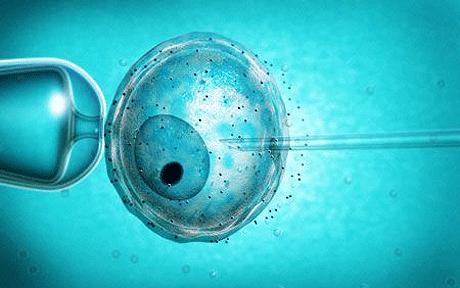Nature backs mitochondrial transfer
The world’s most prestigious science journal, Nature, has thrown its weight behind the legalisation of “three-parent embryos”.

The world’s most prestigious science journal, Nature, has thrown its weight behind the legalisation of “three-parent embryos”. A very sympathetic feature in the latest issue, “Reproductive medicine: The power of three” examines the ethics of a controversial procedure sometimes called “mitochondrial transfer” through the experience of Sharon Bernardi, a mother who lost three children shortly after birth, had a son who was crippled by a mitochondrial disease and died at 20, and then lost three more children shortly after birth.
“Techniques that transfer DNA from diseased human eggs to healthy ones — creating offspring with three biological parents — are on the verge of clinical use,” says Nature. The UK parliament is due to vote on the measure later this year. If it is approved, scientists will be able to create embryos, destroy them by removing the nucleus and add the nucleus to an egg with healthy mitochondria. They will also be taking the momentous step of changing the human genome – or, as the tabloids describe it, “creating designer babies”.
Because of serious health and ethical obstacles, legalisation is fiercely opposed in the UK. An international coalition of scholars and bioethicists has argued that mitochondrial replacement is a kind of eugenics which “would open the door to further genetic alterations of human beings with unforeseeable consequences”.
However, scientists who support it have fought back with an emotional public relations campaign. As Nature points out:
‘The researchers have made patients’ stories, such as the plight of the Bernardi family, central to their appeals. They have compared mitochondrial replacement to changing the batteries in a camera (a poor analogy, some other scientists say), and they argue that mitochondrial DNA makes up a tiny fraction of the overall genome, with little influence over a person’s defining traits. “This is not a slippery slope, in my view,” [one scientist] says. “This isn’t ‘designer babies’. This is about preventing serious, life-threatening, disabling diseases.”’
This is not quite true, of course. It is about preventing babies with those serious, life-threatening, disabling diseases. The diseases themselves cannot be cured.
Michael Cook
https://www.bioedge.org/images/2008images/TH_transfer.jpg
Creative commons
mitochondrial disease
mitochondrial replacement
three-parent embryos
- How long can you put off seeing the doctor because of lockdowns? - December 3, 2021
- House of Lords debates assisted suicide—again - October 28, 2021
- Spanish government tries to restrict conscientious objection - October 28, 2021
